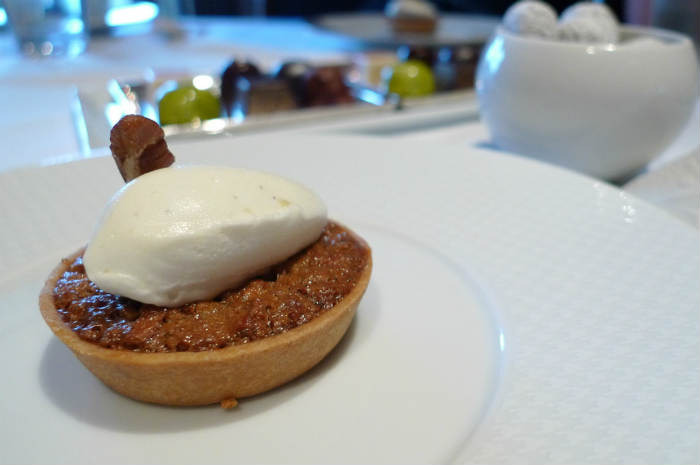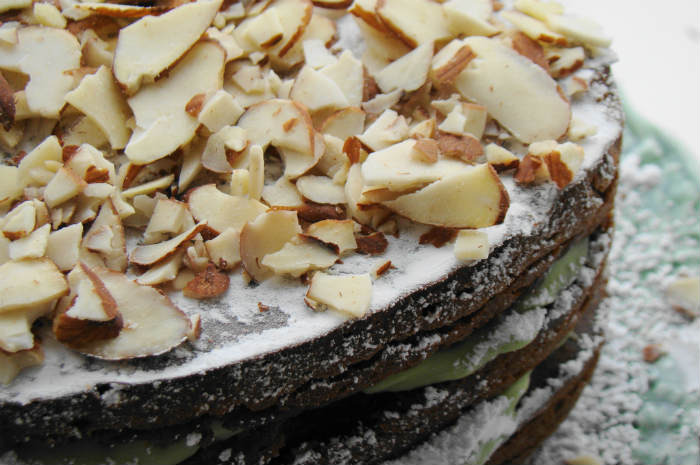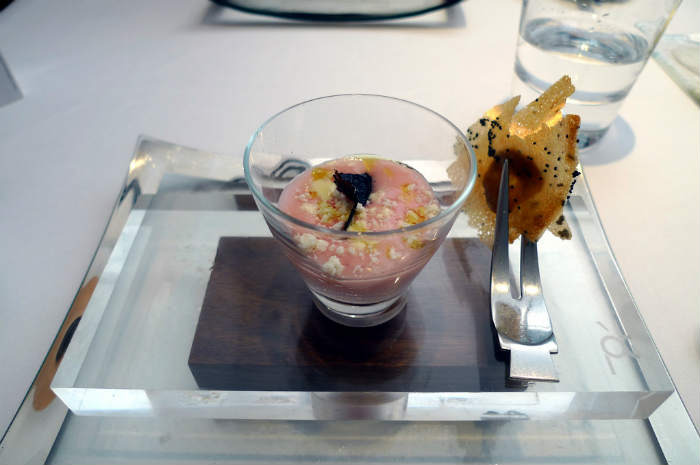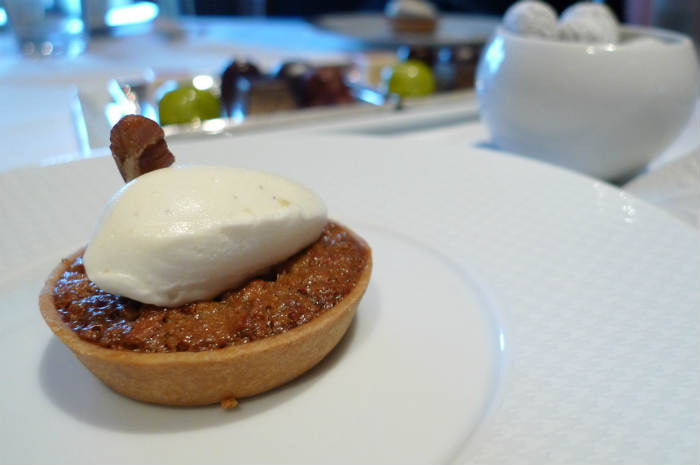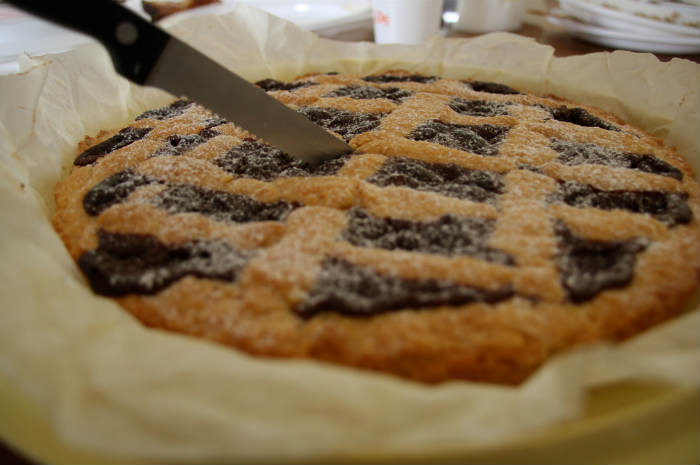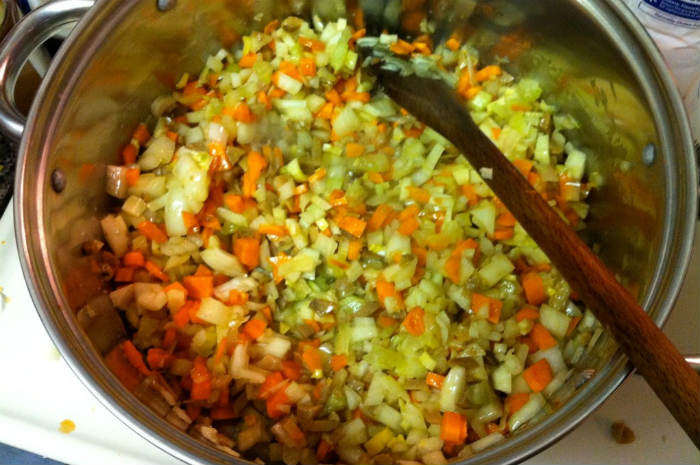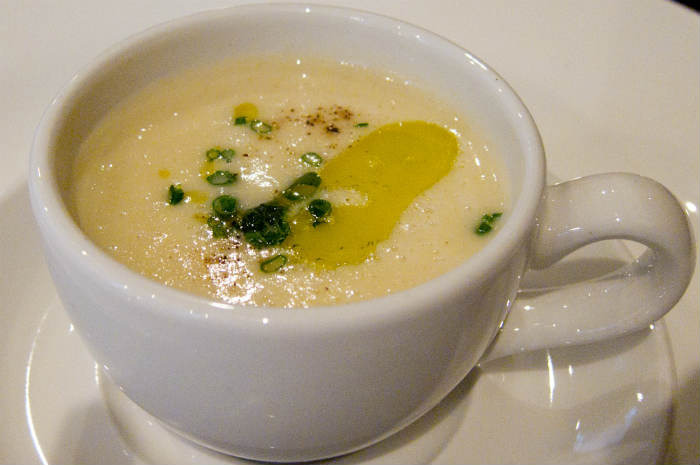7 French Food Terms You Should Know Slideshow
Imagine going to a restaurant and not having to do that. Instead of fumbling for your phone, you can impress your guest with your gourmand's tongue. This list gives you the very basics of a French menu, as well as a few terms you might not come across too often — but when you do, you'll look even more impressive.
Amandine
Amandine indicates a dish that has been sprinkled with almonds. It may not seem essential, but if you or your dining companion has a nut allergy, you'll definitely want to know this word.
Amuse-Bouche
This is a term you should know not necessarily because you'll come across it very often, but because it is a linguistic delight: it translates to "mouth amuser." This is traditionally a very small course — just one or two bites — that the chef sends to the table shortly after you sit down. You'll most often see it in very high-end restaurants.
Crème Fraîche
You're probably thinking, I obviously know what crème fraîche is. However, a lot of people don't seem to know that it is used in sweet and savory foods alike, or that, like yogurt, it has a bacterial component. It's less sour, thinner, and higher in fat than traditional sour cream, and adds a velvety note to soups and a great contrast to fresh fruits.
En Croûte
En croûte means delicious. Technically, though, it means that something has been wrapped in pastry crust. You'll find savory foods, like salmon or brie cheese, en croûte more often than sweet foods.
Mirepoix
You'll encounter this word more often when you cook than when you dine, but it's still very good to know, as it is one of the basics of French cuisine. Mirepoix is a roughly cut mixture of vegetables, usually a mixture of onions, carrots, and celery, and it is the base of a variety of stocks and sauces.
Petits Fours
Petits fours, which means "small ovens," are assorted small desserts that are usually served on a platter to the entire table at the end of a meal. Many French bakeries also sell them à la carte.
Velouté
A stock-based white sauce made from either chicken, veal, or fish broth thickened with white roux (flour and butter). Along with tomato, hollandaise, Béchamel and espagnole, it is one of the five "mother sauces" of French cuisine.
